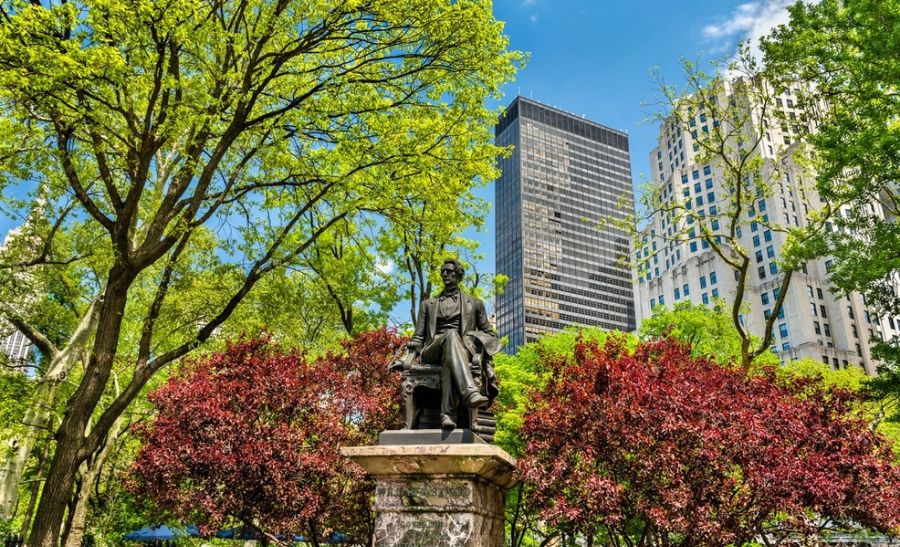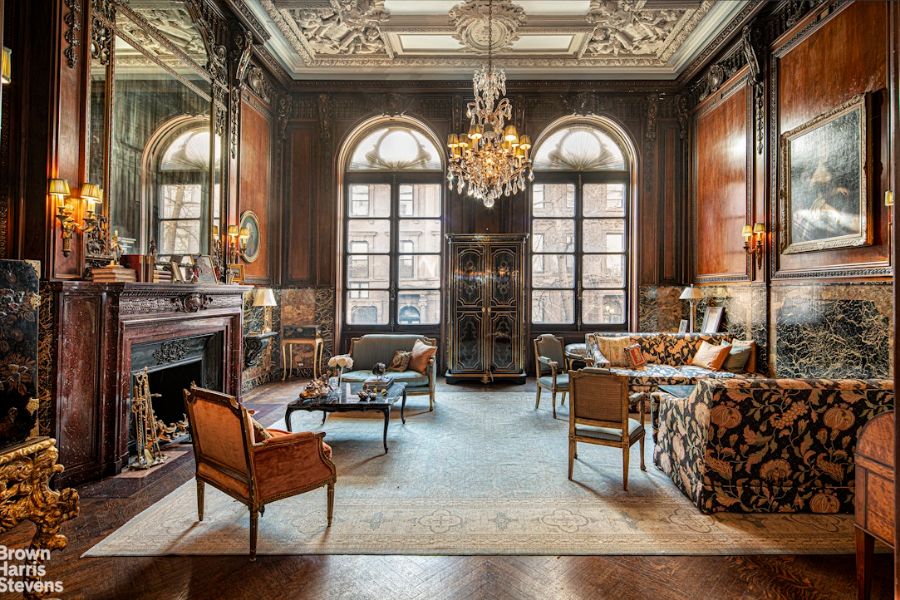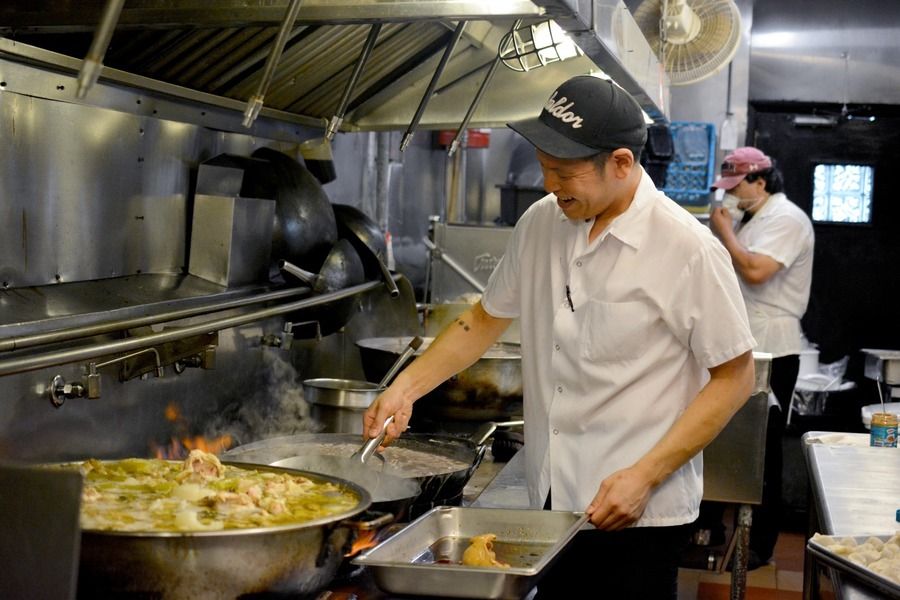By Bart Boehlert
Like the city that lines its edges, Madison Square Park has constantly evolved and changed since it was first designated public land by the colonial government in 1686. Bordered by Madison and Fifth Avenues, and 23rd and 26th Streets, the 6.2-acre Manhattan green space, which had once fallen into disrepair, is now one of the verdant jewels of New York. The areas surrounding Madison Square Park are some of the most desirable residential neighborhoods in the city today, and Brown Harris Stevens currently holds numerous notable listings in Flatiron, NoMad, and Rose Hill.

When it was created, the Park's public land initially served as a hunting ground, a parade ground, and then to train soldiers and store munitions; it was the largest public space in the city before the planning of Central Park. Madison Square Park officially opened in 1847, and as city building crept up from downtown and Greenwich Village, prolific development began in the area. Madison Square became an elite neighborhood surrounded by the elegant homes and hotels. Pulitzer Prize-winning writer Edith Wharton was born in 1862 into a wealthy family that owned a four-story brownstone mansion down the block at 14 West 23rd Street. In 1870, the Park was redesigned by William Grant and Ignatz Pilat with fountains and the pleasing, curving, winding paths that visitors still walk today.

One of the Park's great attractions was the original Madison Square Garden, which was located on the northeast corner of E. 26th Street and Madison Avenue, where the New York Life Building now stands. A large hall for sporting and entertainment events was first opened in 1879, and a second more ornate Madison Square Garden was designed in 1890 by the renowned architect Stanford White of the firm McKim, Mead and White. Built in the Renaissance Revival style with Moorish and Venetian influences and a 32-story minaret-like tower that rose dramatically over the neighborhood, the Garden housed an arena with seating for 8,000 people, a theater, a concert hall, a restaurant, and roof garden cabaret. Shockingly, while having dinner in the crowded roof garden one night in 1906, Stanford White, age 52, was shot and killed by millionaire Harry Kendall Thaw, who was enraged that White had seduced his wife Evelyn Nesbitt when she was 16. In a cruel twist of fate, White's Madison Square Garden was demolished in 1926, and the Garden ended up eventually sitting on top of the universally disliked Penn Station, which replaced the original Penn Station, another McKim, Mead, and White masterpiece.
72.jpg)
In the mid-twentieth century, some buildings around the Park stood empty, and like other parks in the city, Madison Square became neglected and unkempt. In 1977, a precursor to the Madison Square Park Conservancy, stepped in to revitalize the area. The Conservancy has since beautifully restored the Park, and presently cares for its trees and lawns, and sponsors free programing, events, and pop up art exhibitions. A major boom to the Park arrived in 2004 when restauranteur Danny Meyer opened the Shake Shack, his popular kiosk-style fast food restaurant where fans wait in a long line to order hamburgers, hot dogs, crinkle-cut French fries, milkshakes, and more.
Today, the Park offers a peaceful respite from the rush of the city at its borders. Whether as a location for a picnic or a quick pedestrian short cut, the Park is a relaxing treat for the senses. During Covid especially, it provided a welcome destination where urban residents could enjoy nature and be outdoors. With its soaring oaks and elms, Madison Square Park is a lovely place to sit on a bench and watch the world go by.



